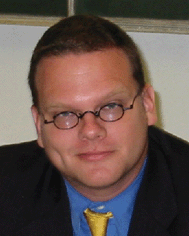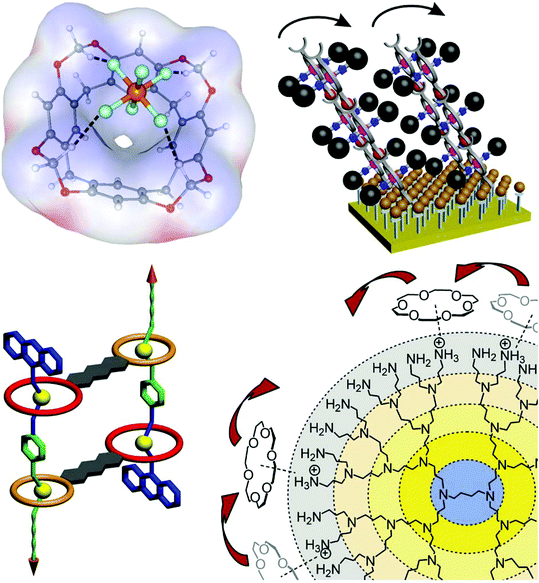DOI: 10.1039/C6QO90041K
(Profile)
Org. Chem. Front., 2016, 3, 1600-1602
Interview with Christoph A. Schalley
Institut für Chemie und Biochemie, Freie Universität Berlin, Takustr. 3, 14195 Berlin, Germany. E-mail: c.schalley@fu-berlin.de
Received
10th October 2016
, Accepted 10th October 2016
What excites you most about supramolecular chemistry?
The virtually infinite variety of non-covalent aggregates with their particular kinetic and dynamic properties, which can be made stimuli-responsive and thus functional, with applications in a broad range of other disciplines from bio(in)organic chemistry to material sciences.What are some of the greatest challenges you are facing now?
Supramolecular chemistry has come a long way from molecular recognition through templation, self-assembly, self-sorting and now is able to implement function. However, many of the functional systems that have been devised do not operate autonomously. Therefore, the new and emerging field of systems chemistry with its dissipative chemical systems inspires me a lot. Nevertheless, it is still a great challenge to design and properly realize such a system. Julius Rebek once wrote: “Some might say that supramolecular systems rescued physical organic chemistry. The discovery of crown ethers gave the field new recognition: molecular recognition” (Rebek, et al., JACS, 2001, 123, 11519). In a similar sense, I believe that systems chemistry is the future of supramolecular chemistry.What inspired you to choose science and eventually become a chemist in the first place?
This is a tricky question as I was simply following my “gut instincts” and did not reason much about it…What would you be doing if you weren't involved in science?
During my quantitative analysis practical course back in 1989, I was sufficiently frustrated to think about becoming a goldsmith or a harpsichord maker.What advice would you give to someone interested in pursuing a career in your field?
Do the science you love and do it intensely as happiness comes when you get so involved that you forget about time.What do you enjoy doing in your free time?
Biking, swimming, Richard Wagner's operas, architecture of the early 20th century.References
- D. P. Weimann, H. D. F. Winkler, J. A. Falenski, B. Koksch and C. A. Schalley, Highly dynamic motion of crown ethers along oligolysine peptide chains, Nat. Chem., 2009, 1, 573–577 CrossRef CAS PubMed
.
- T. Heinrich, C. H.-H. Traulsen, M. Holzweber, S. Richter, V. Kunz, S. K. Kastner, S. O. Krabbenborg, J. Huskens, W. E. S. Unger and C. A. Schalley, Coupled Molecular Switching Processes in Ordered Mono- and Multilayers of Stimuli-Responsive Rotaxanes on Gold Surfaces, J. Am. Chem. Soc., 2015, 137, 4382–4390 CrossRef CAS PubMed
.
- L. Kaufmann, N. L. Traulsen, A. Springer, H. V. Schröder, T. Mäkelä, K. Rissanen and C. A. Schalley, Evaluation of Multivalency as an Organization Principle for the Efficient Synthesis of Doubly and Triply Threaded Amide Rotaxanes, Org. Chem. Front., 2014, 1, 521–531 RSC
.
- W. Jiang, K. Nowosinski, N. L. Löw, E. V. Dzyuba, F. Klautzsch, A. Schäfer, J. Huuskonen, K. Rissanen and C. A. Schalley, Chelate Cooperativity and Spacer Length Effects on the Assembly Thermodynamics and Kinetics of Divalent Pseudorotaxanes, J. Am. Chem. Soc., 2012, 134, 1860–1868 CrossRef CAS PubMed
.
- W. Jiang and C. A. Schalley, Integrative Self-Sorting Is A Programming Language for High Level Self-Assembly, Proc. Natl. Acad. Sci. U. S. A., 2009, 106, 10425–10429 CrossRef CAS PubMed
.
| This journal is © the Partner Organisations 2016 |


